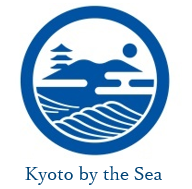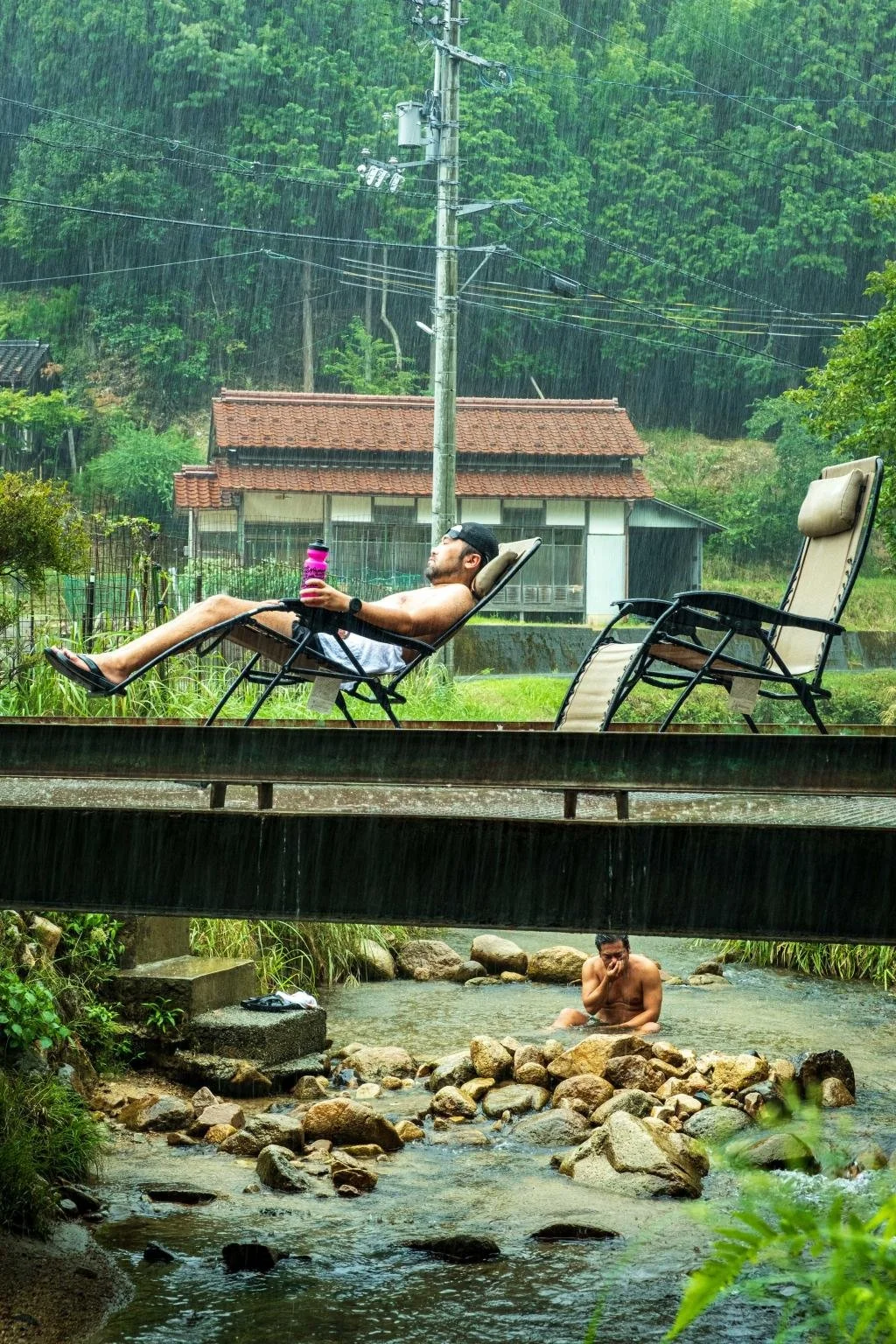Japan’s obsession with sauna
8/1/2025 trip and trail
Health Benefits Beyond Relaxation
Sauna bathing has been practiced for centuries. It has even been added to the Representative List of the Intangible Cultural Heritage of Humanity in 2020 in Finland where it is a cherished part of daily life. Research over the last few decades has shown that the benefits of saunas go well beyond simple relaxation. Regular sauna bathing has been linked to improved cardiovascular health, a stronger immune system, and even a reduction in the risk of neurocognitive diseases such as Alzheimer's and dementia.
Studies show that sauna sessions, which expose the body to high temperatures followed by cooling periods, mimic the effects of moderate-intensity physical exercise. This heat therapy helps lower blood pressure, improve arterial function, and enhance circulation. It also reduces inflammation and oxidative stress in the body, which are key contributors to aging and chronic diseases. (1)(2)
In addition to cardiovascular benefits, sauna use can aid respiratory function, providing relief for people with conditions like asthma and chronic bronchitis. It even helps reduce the frequency of common colds. For those dealing with chronic pain from conditions such as arthritis or fibromyalgia, sauna bathing has been found to alleviate discomfort and improve joint mobility.(2)(3)
The Rise of Sauna Culture in Japan
Sauna culture in Japan dates back to the 1950s, when the first Japanese sauna room was installed at Tokyo Onsen in Ginza in 1957. The country experienced its first actual sauna boom a few years later, when Finnish athletes brought sauna equipment to the athlete's village of the 1964 Tokyo Olympics. This was eagerly picked up by the Japanese media and introduced Finnish saunas to many Japanese people. A second boom emerged in the 1990s with the rise of "super sento" bath and wellness centers. In recent years, the third sauna boom, which began in the late 2010s, was propelled by growing awareness of sauna health benefits and mentions of sauna in popular media. Among those, the manga series Sado by Katsuki Tanaka and its subsequent adaptions as TV drama series not only depicted the health benefits of sauna in a playful manner, but also introduced more nuanced and personal ways to describe sauna experiences. Among those, the concept of "totonou," a term that describes the process of reaching a state of ultimate relaxation while becoming “whole again”, has since become a staple expression in Japanese sauna culture.
While saunas were initially perceived as a niche activity mostly reserved for wellness enthusiasts, this recent boom has expanded sauna bathing into a broader cultural phenomenon with a stronger focus on high-quality sauna experiences and a rising interest in Finland’s sauna traditions and how saunas can contribute to overall health and relaxation.
Kyoto by the Sea’s significance
While the Tango Peninsula’s northernmost region of Kyotango may be newly indoctrinated into the world of sauna, it’s no stranger to health and wellness. This region of Japan is a super blue zone, with the highest concentration of people over 100 years old in the world. It also boasts the world record holder for World’s Oldest Male. Surrounded by stunning natural beauty, the region provides a perfect backdrop for unique sauna experiences that combine the physical and mental benefits of sauna bathing with the healing power of nature. The are offers two distinct sauna experiences, each offering its own take on wellness and tranquility.
Recharge and Rejuvenate in Nature: Goka Sauna
Japan has an excellent habit assimilating notable arts and practices from around the world into Japan, and doing so in a way that both pays homage to the original while making the experience uniquely Japanese. Take ramen, curry, whiskey, brutalist architecture, blue jeans, jazz bars, all as examples. The introduction of sauna into Japan is no exception.
In a remote mountain village lies Goka Sauna, a hidden gem for sauna lovers. This traditional Japanese farmhouse, surrounded by the serene beauty of rural Japan, has been renovated and transformed into a Finnish-style sauna powered by a wood stove. What makes this sauna truly special is its connection to nature: visitors can cool off in a nearby stream or, during winter, dive straight into the snow. The natural elements of this setting, combined with the soothing warmth of the sauna, provide a deeply refreshing experience that aligns with the aforementioned concept of "totonou[u3] ," which in addition to offering ultimate relaxation, is a cleansing of mind body and spirit.
Mr. Adachi, the manager of The Goka Sauna, aims to create a place where visitors can experience a connection to nature that fosters both physical and mental wellness. Opened in 2022, The Goka Sauna offers an escape from the busyness of urban life, allowing guests to relax in a quiet, natural setting.
Mr. Adachi’s journey into sauna culture started in childhood, with his first experiences in local bathhouse saunas in Kyoto. Later, when working in Tokyo’s fast-paced advertising world, he found solace in saunas after working hours and eventually left his job to pursue his passion. Now, Mr. Adachi offers visitors a chance to "reconnect" with themselves and their surroundings through the therapeutic cycles of heat and cold, using the landscape of Kyotango as a natural healing element.
A Health-Driven Sauna Experience: “Nuka to Yuge”
The area, known for its long-living population, is also home to Nuka to Yuge, a unique wellness facility that blends sauna culture with Japan’s fermentation traditions. Opened in 2022, this one-of-a-kind facility combines a Finnish-style sauna with a rice-bran enzyme bath, offering a holistic approach to wellness. Guests can experience the benefits of both sauna bathing and the naturally heated fermentation bath.
What sets Nuka to Yuge apart from most other saunas is its unique focus on health. Developed by orthopedic surgeon Yoshida Naoki, the facility aims to provide a space where guests can benefit from heat therapy not just for relaxation but for healing as well. Sauna bathing here is complemented by the rice-bran enzyme bath, which provides deep warmth without the need for external energy sources such as electricity or gas.
In addition to these innovative features, Nuka to Yuge is fully accessible, including wheelchair-friendly saunas, ensuring that everyone can enjoy its benefits. The facility integrates local craftsmanship into its design, featuring furniture and decorations made by local area artisans, adding to the charm and authenticity of the experience.
Kyotango: A Destination for Sauna Enthusiasts
As the sauna culture in Japan continues to grow, Kyotango and the Tango Peninsula is positioning itself as a prime destination not only for its famous crab and coastal beauty but also for its unique sauna experiences. Whether you're seeking the natural rejuvenation of Goka Sauna or the health-driven relaxation of Nuka to Yuge, the region’s sauna culture is more than a wellness practice—it’s a way to reconnect with yourself, your health, and do so in a uniquely Japanese way.
References
1) Hannuksela, M. L., & Ellahham, S. (2001). Benefits and risks of sauna bathing. The American journal of medicine, 110(2), 118-126.
2) Laukkanen, J. A., Laukkanen, T., & Kunutsor, S. K. (2018, August). Cardiovascular and other health benefits of sauna bathing: a review of the evidence. In Mayo clinic proceedings (Vol. 93, No. 8, pp. 1111-1121). Elsevier.
3) Patrick, R. P., & Johnson, T. L. (2021). Sauna use as a lifestyle practice to extend healthspan. Experimental gerontology, 154, 111509.
4) “Sado” Manga @ Amazon
5) “Sado” TV Drama @ TV Tokyo
6) “Sado” TV Drama Episode Rental @ Amazon Prime Video
7) “Japanese Sauna History” @ Culture Sauna Team “Amami”















